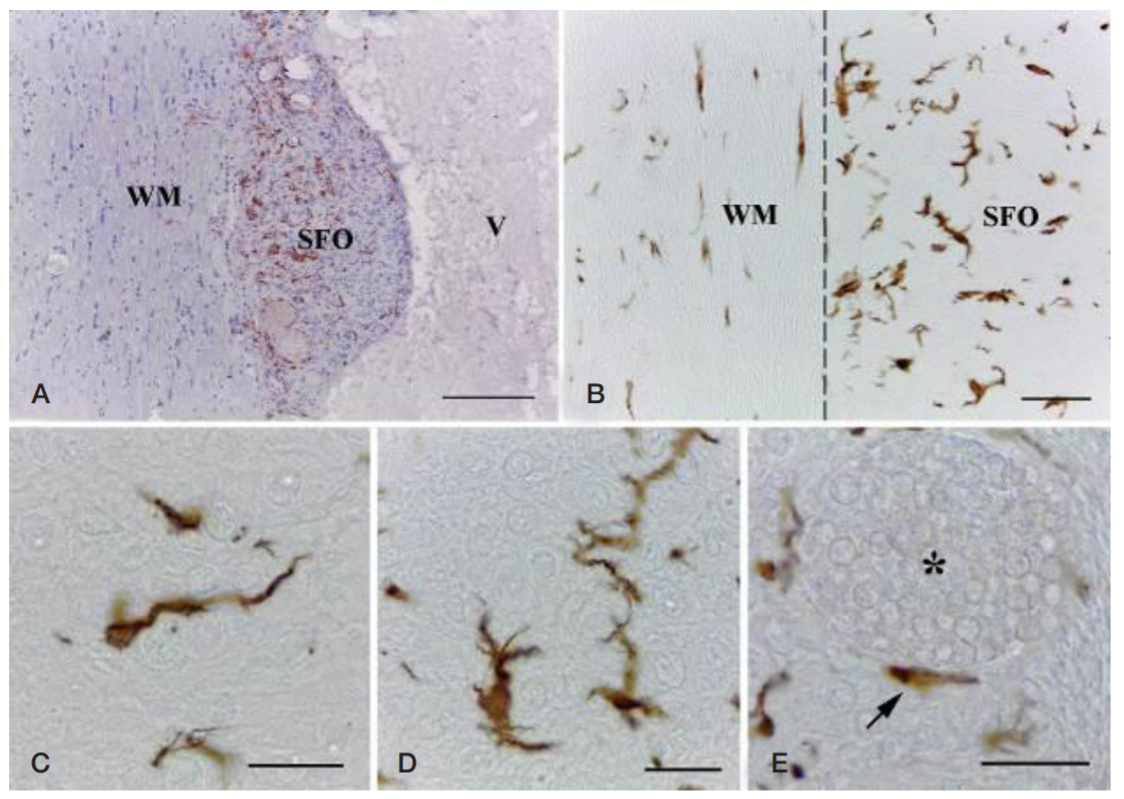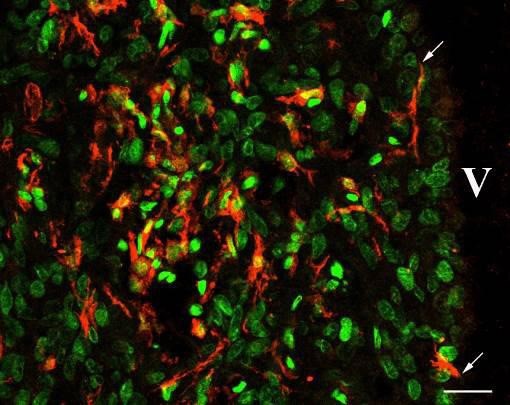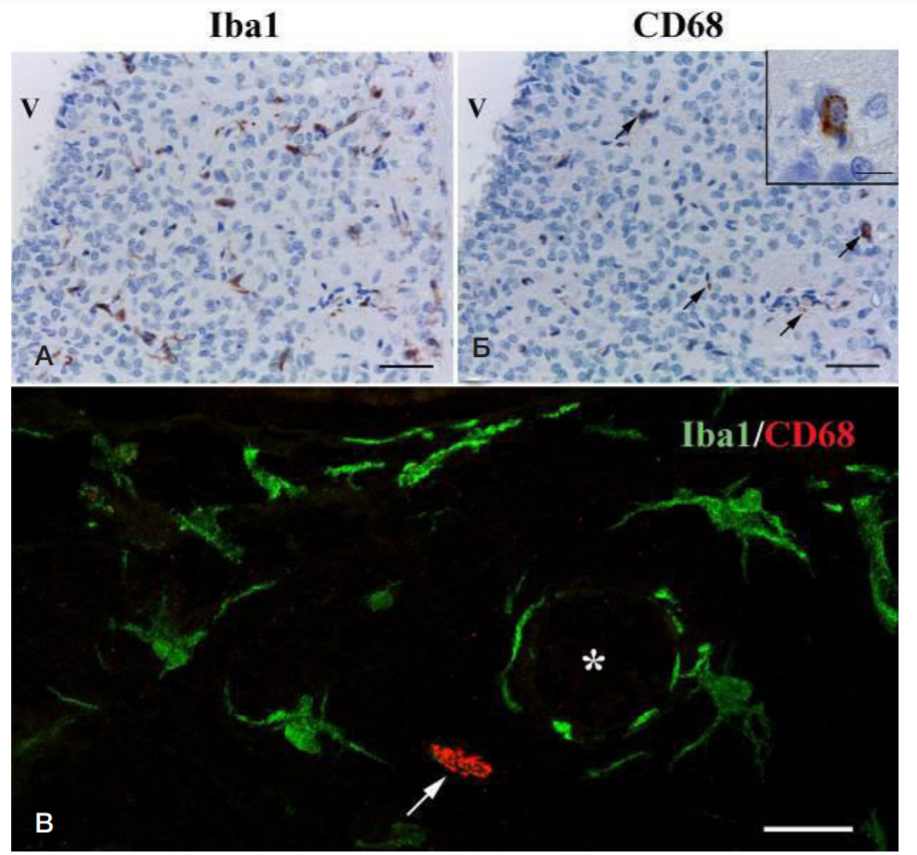
This article is an open access article distributed under the terms and conditions of the Creative Commons Attribution license (CC BY).
ORIGINAL RESEARCH
Microglia and putative macrophages of the subfornical organ: structural and functional features
1 Institute of Experimental Medicine, St Petersburg, Russia
2 St Petersburg State University, St Petersburg, Russia
Correspondence should be addressed: Valeria V. Guselnikova
Akad. Pavlova, 12, St Petersburg, 197376, Russia; ur.xednay@aiirelav.avocinlesug
Funding: the study was supported by Russian Science Foundation, RSF Project № 22-25-00105, https://rscf.ru/project/22-25-00105/
Author contribution: Guselnikova VV — literature analysis, interpretation of the results, manuscript preparation; Razenkova VA — fluorescence immunoassay protocols development, confocal laser microscopy; Sufieva DA — histological processing, immunochemical staining, light microscopy; Korzhevskii DE — concept and planning of the study, editing of the manuscript.
Compliance with ethical standards: the study was approved by Ethical Review Board at the Institute of Experimental Medicine (Protocol № 1/22 of 18 February 2022) and carried out in full compliance with the 2013 Declaration of Helsinki.



